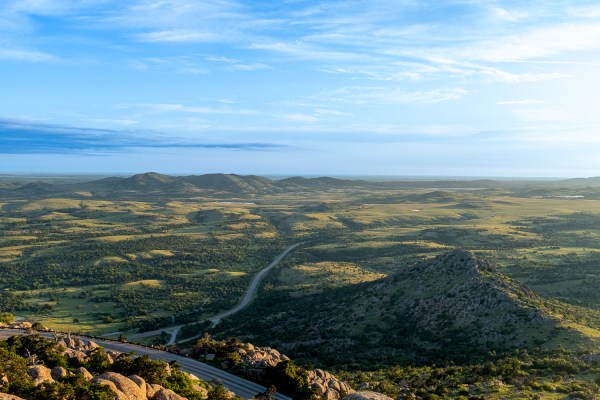
One of the most rewarding types of photography for beginners, hobbyists, and even seasoned professionals is spring landscape photography. As you see flowers blooming, trees budding, grass growing, and animals out and about after a long winter, there’s a sense of incredible vitality – and capturing it all on camera is a lot of fun.
That said, landscape shooting can be both challenging and difficult. These tips will help you maximize your enjoyment while minimizing your frustration – and with a little practice, you’ll be capturing photos that you’ll be proud to share, show off, and even print and hang on your wall.
One of the best things about spring landscape photography is that you don’t need expensive, high-end gear to get great shots. A basic DSLR or mirrorless camera with a kit lens can work great, and even a mobile phone will often yield outstanding results. (Modern phones often use built-in HDR processing, which raises shadow detail without overexposing highlights and makes spring colors look particularly vibrant.) Of course, as with everything photography-related, you can always spend more money if you want, but I have seen wall-sized landscape prints that were taken with the cheapest mobile phones, and they looked fantastic.
Creating top-notch photos often comes down to other, more esoteric elements: understanding light, keeping an eye on composition, and being at the right place at the right time. The best course of action is to simply get out and shoot; don’t let your camera collect dust on the shelf. The more you practice, even if you only use a mobile phone, the more you’ll hone your craft and capture great spring landscape pictures!
1. Look for signs of life
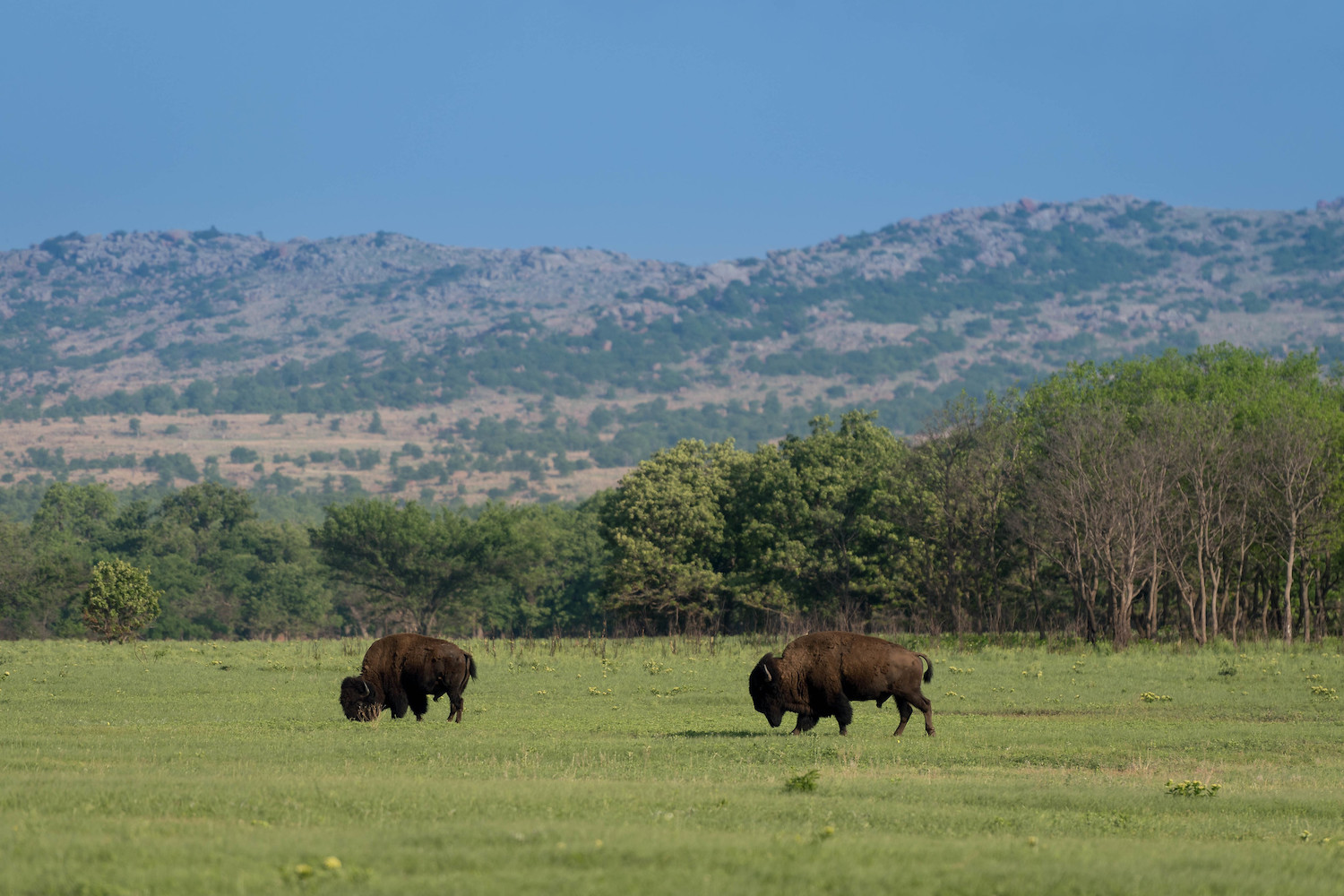
Spring is all about rebirth, renewal, and starting over, which is part of what makes this type of photography so much fun. I would even go so far as to say it’s therapeutic; in other words, getting out in nature as the weather warms and the days lengthen is not only good for your pictures, but it’s also good for your soul. If you can find a way to capture that newness and vitality with your camera, it can dramatically elevate your images.
You can find these signs of life and renewal all around you, even in your own backyard or while walking through a local park. Bugs, baby birds, and even buds on trees will all help showcase the magic of spring, and with your camera by your side, all you have to do is keep a keen eye open and be ready with your finger on the shutter. It might require a bit of patience, but with some care and attention, you can get great landscape shots that showcase springtime in unique and exciting ways.
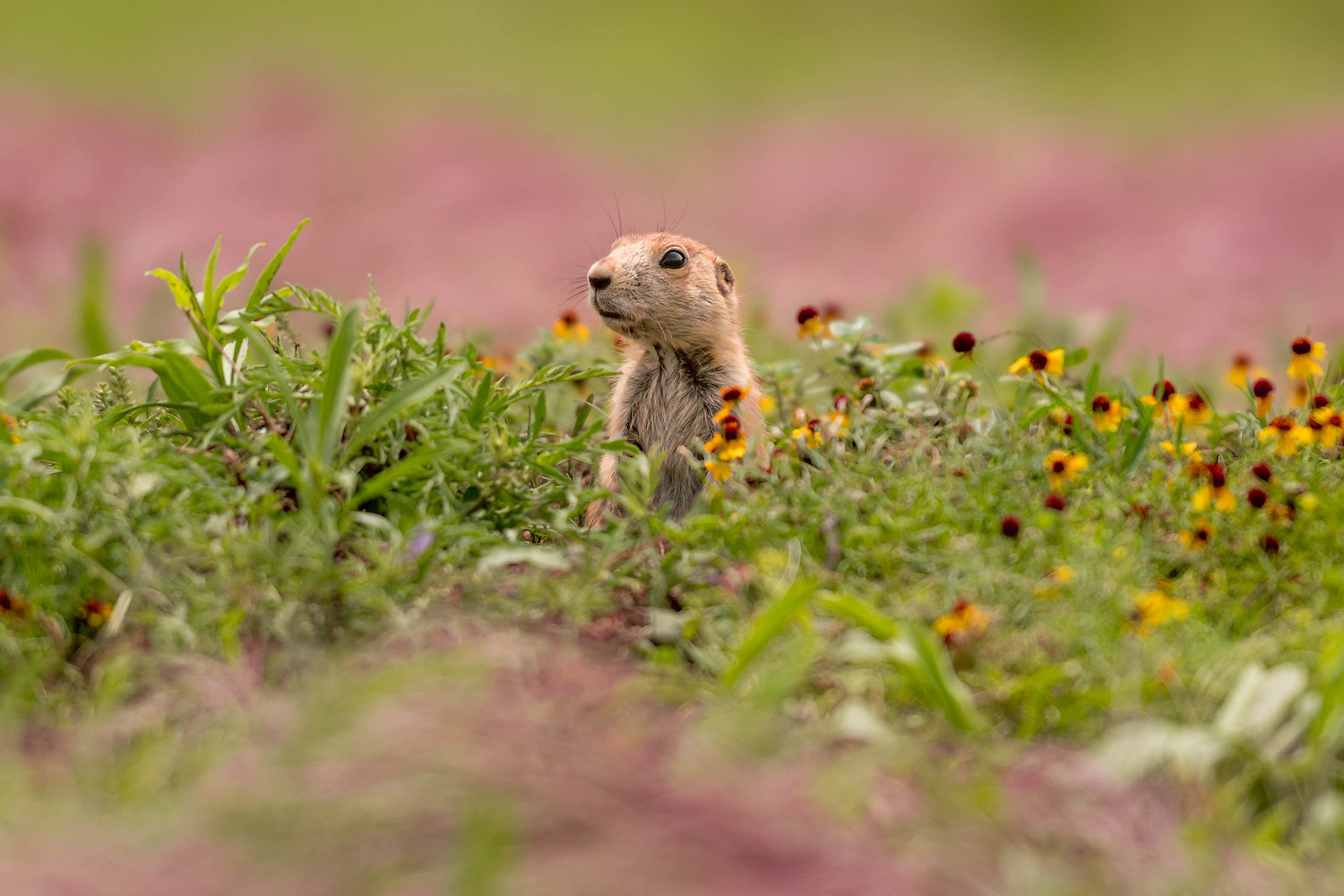
2. Create a sense of scale

What’s one of the most impactful things you can do to elevate your spring landscape images? Offer your viewers a sense of size and scale.
This isn’t as easy as it sounds, though. If you’ve ever scrolled through your photo library and had the sinking feeling that your beautiful pictures of sweeping vistas just don’t look very impressive, know that you are not alone. It’s not easy to create a sense of scale and help your viewers experience the scene as you did, but there is one simple trick you can try that’ll help enormously.
To help create a sense of scale in your spring landscape photography shots, include something in the frame that serves as a reference point for your viewers. Majestic mountains, sweeping skies, and expansive prairies just don’t carry the same weight in pictures as they do in person – unless you can give your viewers some context that helps them understand the scale of what you’re capturing.
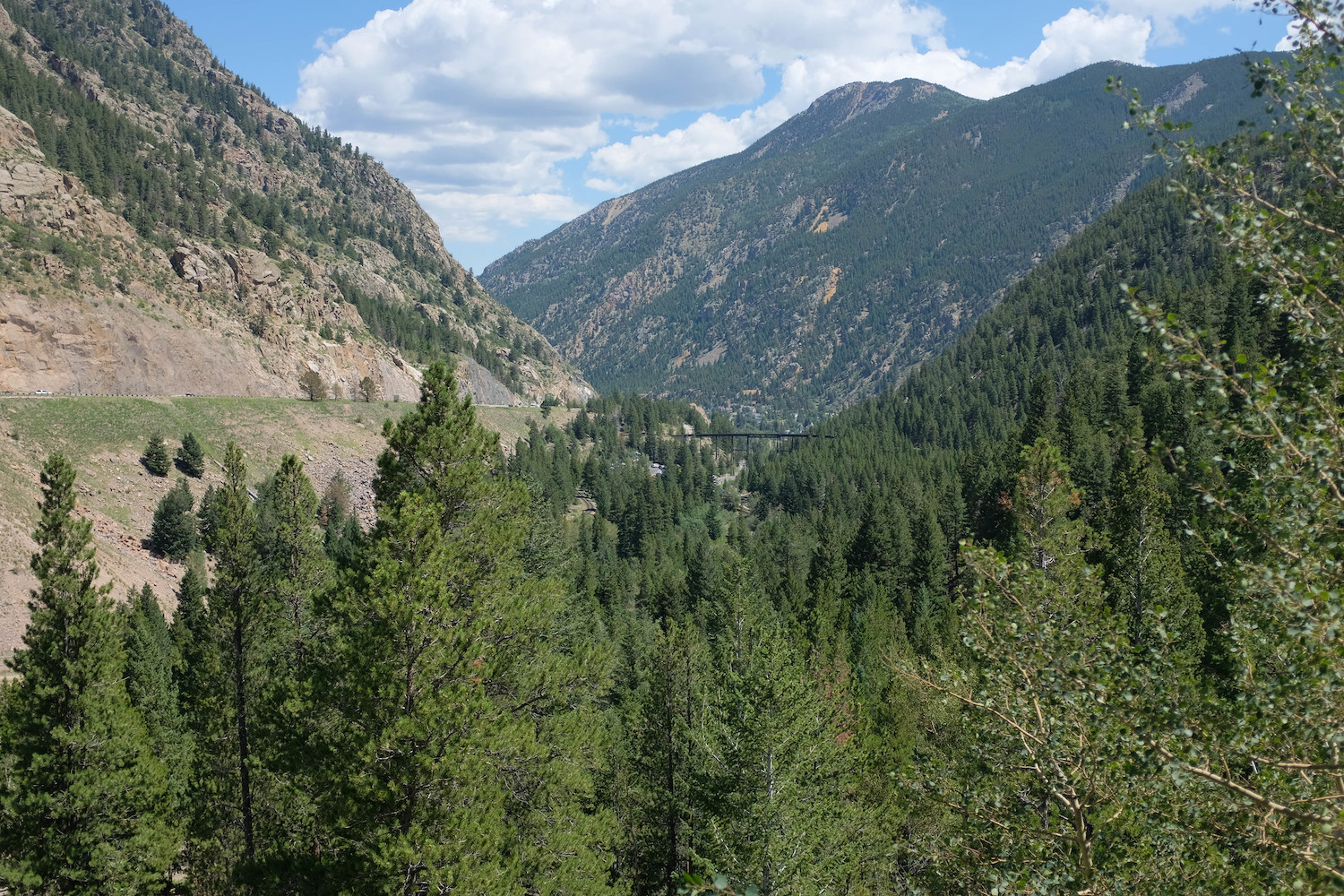
The bridge in the center of this composition helps create a sense of scale.
The best way to provide this sense of context is to include objects that are familiar to a broad audience. Vehicles, buildings, animals, people, and even road signs or abandoned farm equipment are all things that’ll help your viewers comprehend the sheer size of the scene you are photographing.
For example, the image of mountains and sky displayed above only works because of the bridge in the center. Without it, people who see the picture would have a difficult time understanding just how large the mountains, trees, and other elements of the landscape composition truly are. But because most people know roughly how big a bridge is, its relatively small size within the frame is a way of illustrating just how massive the rest of the spring nature scene really is.
3. Capture water flowing with a slow shutter speed

Spring is a great time to take photos of water in motion. Rivers, streams, and waterfalls are excellent subjects. However, despite what you might think, a slower shutter can actually produce much better results than a fast shutter. Slowing down your shutter speed turns rushing rapids into silky-smooth works of art that you might see on the cover of nature magazines or adorning the walls of a corporate lobby. Fortunately, it’s easy to get these types of pictures; all it takes is a few basic exposure adjustments.
The trickiest part about using a slow shutter with spring landscape photos is finding ways to reduce the amount of incoming light, especially on sunny days. One way is to stop down the aperture of your lens as far as it will go and set your ISO to 100, but even then you might end up with a shutter speed that is too fast to create beautiful motion trails. If that’s the case, try returning to the spot on a cloudy day, early in the morning, or late in the evening just as the sun is setting to limit the light.
You can also purchase an inexpensive neutral density filter that will screw onto the front of your lens and block out the light so you can use a slower shutter speed even in bright light. Of course, make sure you work with a good tripod, which is a necessity anytime you use a slow shutter.
4. Take the road less traveled
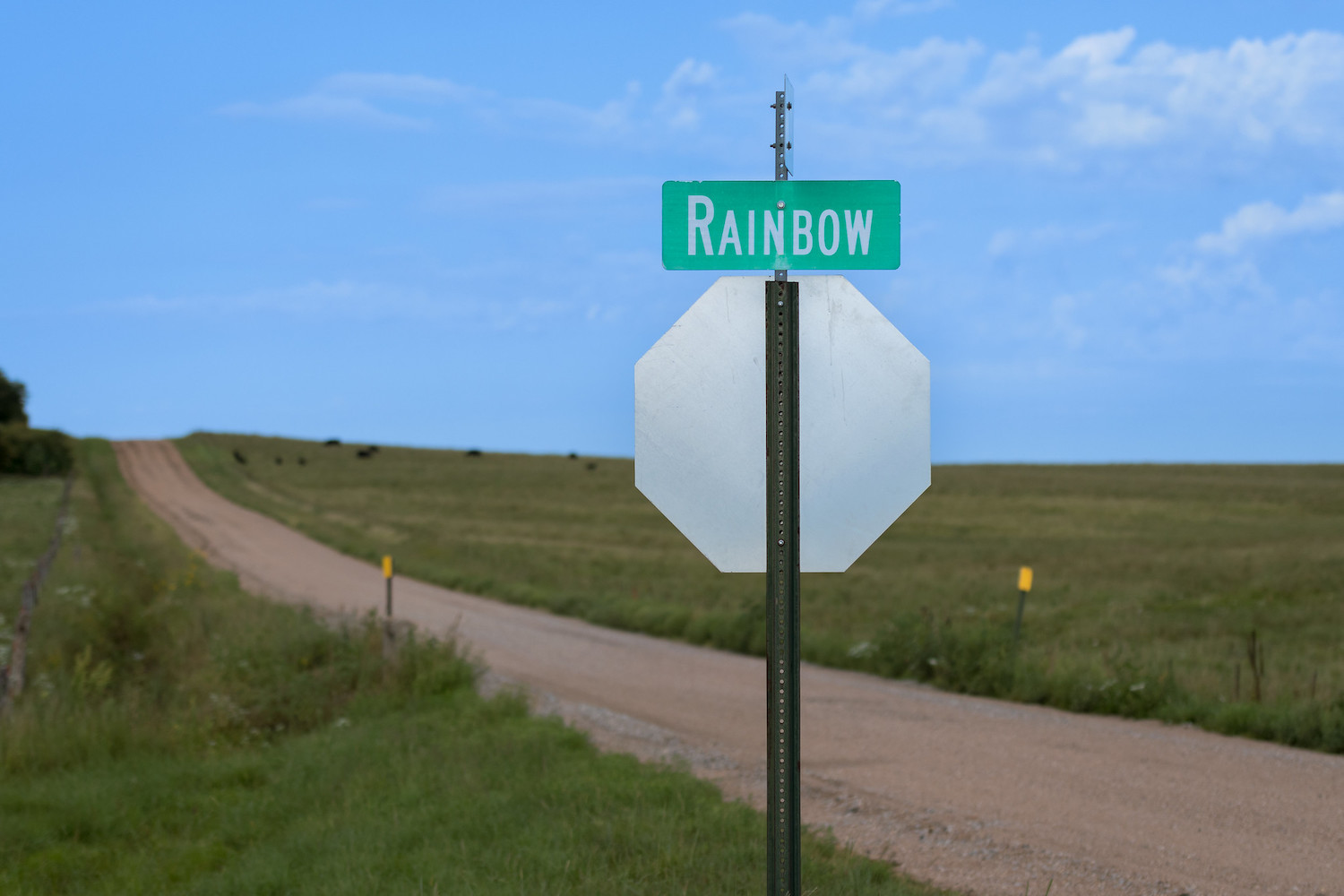
I came across this Mario-Kart-inspired scene entirely by accident while on an eight-hour road trip to see family. Because I took back roads, I found lots of great photo opportunities!
This might seem obvious to seasoned photographers, but for people who are new to spring landscape photography, it’s a tip worth sharing: seek out photo opportunities where you might least expect to find them. Try simple things like going for a walk in a new neighborhood, leaving early for work and traveling on surface streets instead of interstates and highways, or visiting a park, botanic garden, or college campus that you might have seen on a map but never actually photographed.
If you’re planning a road trip, give yourself a few extra hours to seek out dirt roads and two-lane highways en route to your destination. Have your camera handy and be ready to pull over and take some pictures! Even if you aren’t sure you’ll get any good results, it’s better to try than to wonder days or weeks later about the shots that could have been. Many of my favorite spring nature photographs have been taken in these conditions, and you get the added benefit of finding new places to explore that may have been right under your nose.
5. Plan ahead
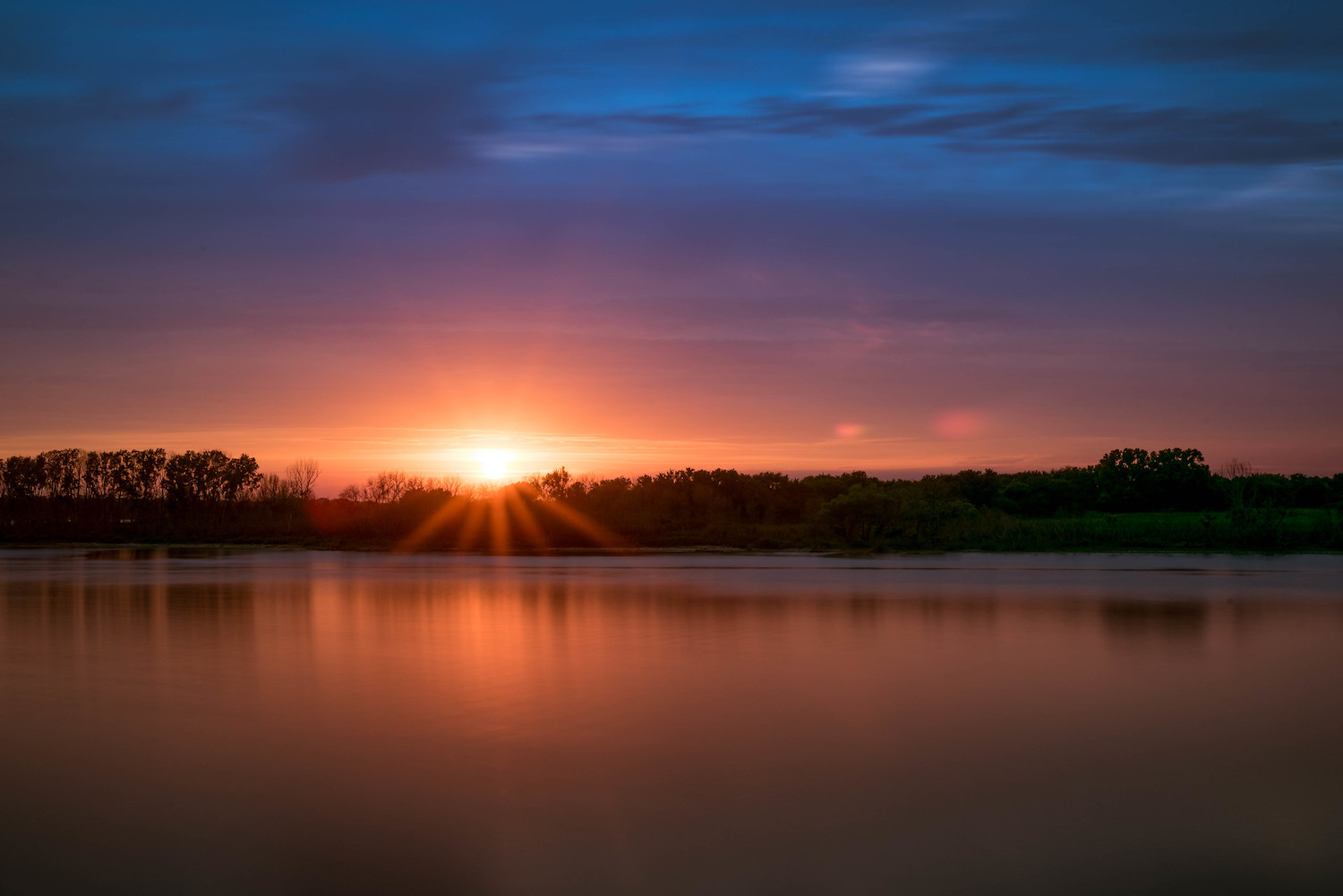
A little serendipity goes a long way, but the more you practice the art of photography, the more you’ll realize that your best shots almost always involve some degree of planning. While you can certainly get stunning images by accidentally being in the right place at the right time, you will get the most consistent results if you do some homework in advance. Take note of things like sunrise and sunset times, the direction of the light, and even the weather forecast. Then make sure you have the gear you need to get the photos you want!
The picture displayed above – which features a spring sunset – was not the result of random chance. It took careful planning and a great deal of experience, not to mention several failed attempts before I was able to nail the shot. I had to learn what worked and what didn’t work, and I had to understand how to use my camera to get the photo just right. Even the sunburst rays were no accident! I only had a couple of minutes to get the photo, but I’m incredibly proud of the result. With a bit of planning and preparation, you can get similar shots.
6. Put flowers in the foreground
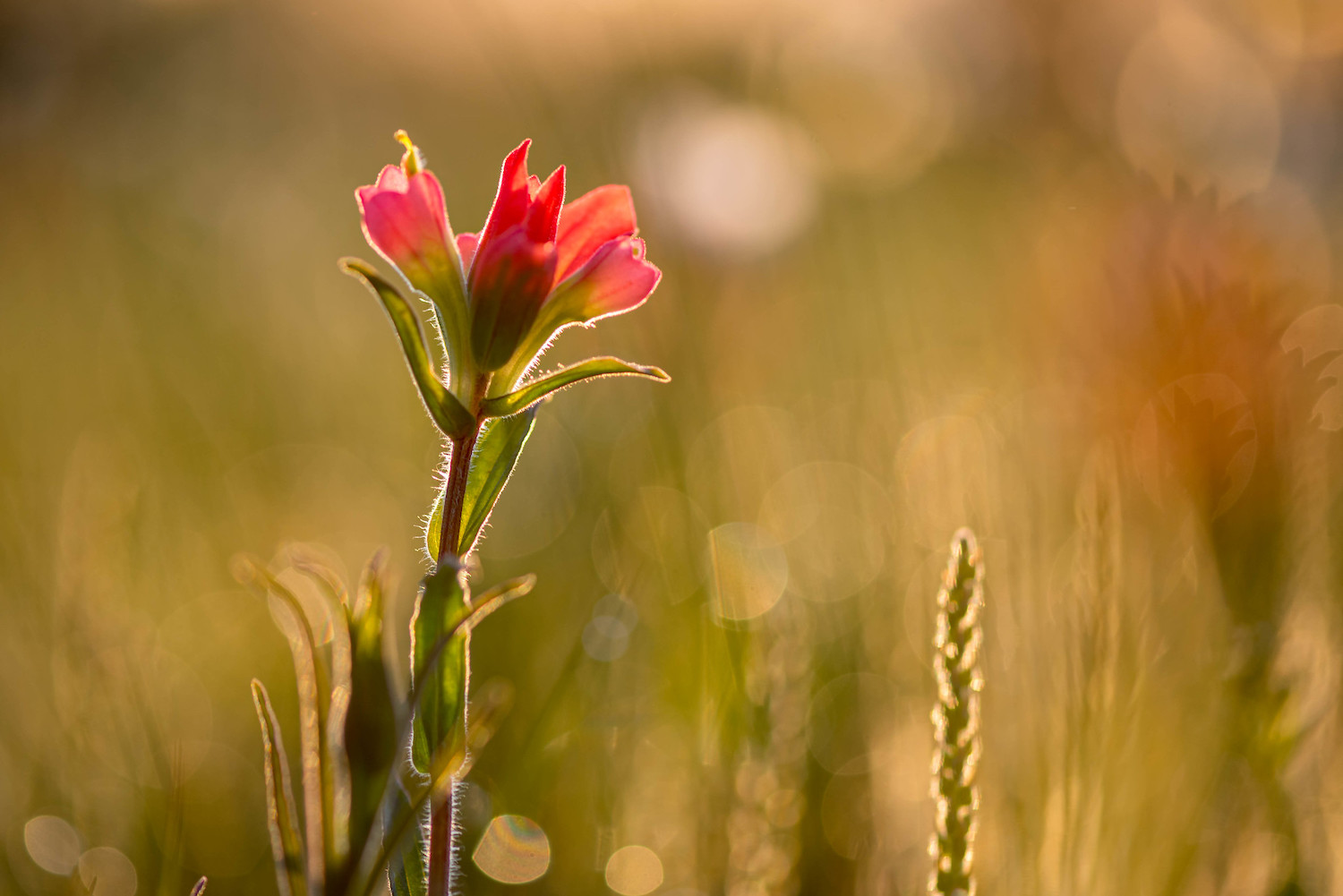
This technique may not get you the most original images, but it works almost every time. Simply include a few flowers in the foreground, which will give your viewers something colorful to focus on while adding a sense of scope and scale.
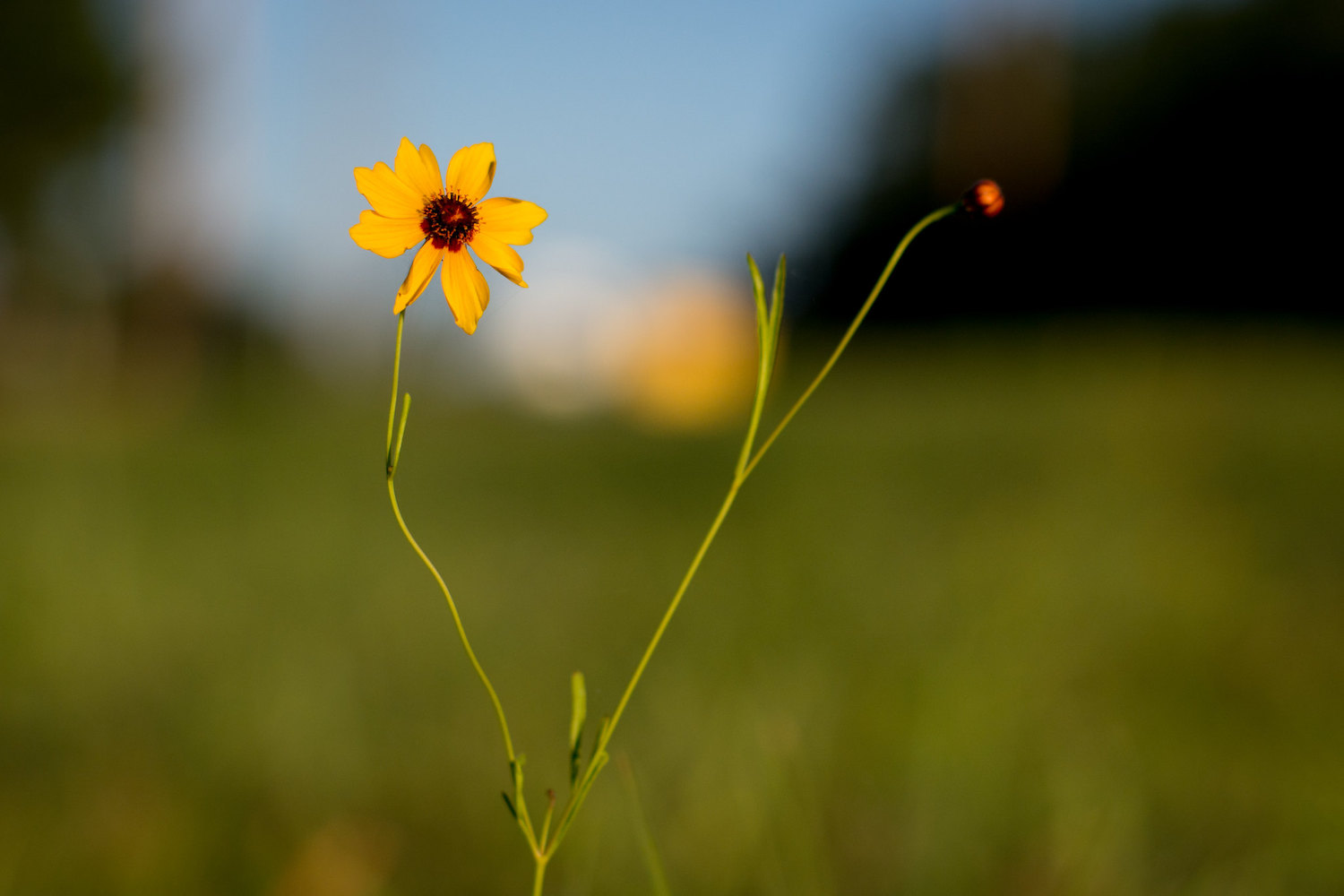
To get the best results, open your lens aperture as wide as it can go, get low to the ground so you are looking out at the landscape, focus on the flower, and take the shot. It helps if the sun is behind you so your flowers are evenly lit, though it’s also possible to get some creative and interesting results with a bit of backlighting.

While you can’t control every variable every time, it can help to photograph on an overcast day so the sky isn’t blown out. Also, look for compositional elements that can help frame your subject while still conveying a sense of scale. In the image above, which I shot one rainy afternoon in April, I carefully positioned my camera so that a large tree was directly behind the dandelion so the bright white would stand out even more.
7. Wake up early
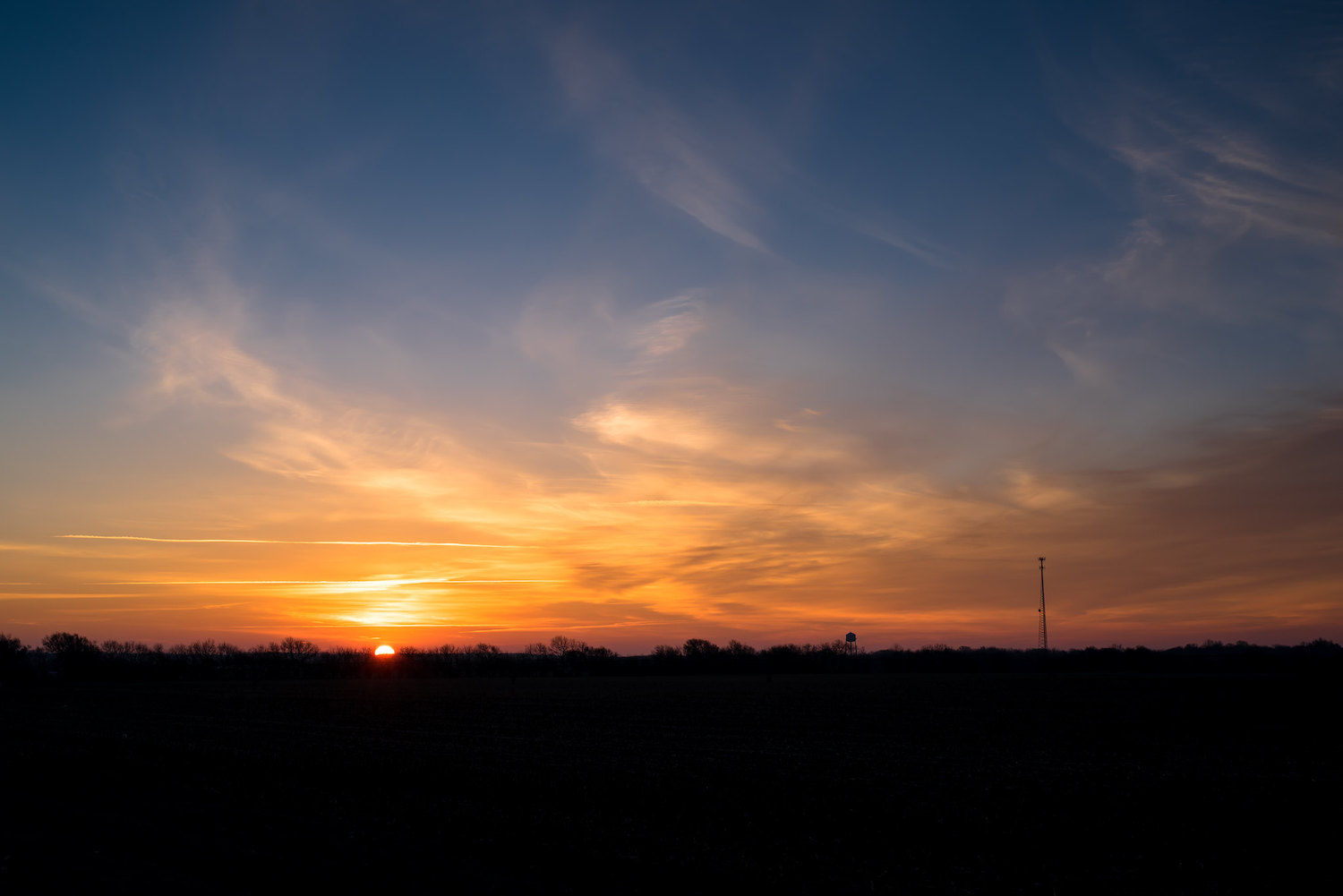
One of my favorite techniques for great spring landscape photos has more to do with your alarm clock than your camera; simply scope out a good spot during the day, then return to capture the scene as the sunrises. You’ll be amazed at the results you can achieve!
A brief warning: If you’ve never taken pictures like this, you’ll be shocked at how little time you have between the first glint of sun on the horizon and full-on daylight. However, if you’re prepared and ready to go, you can get unique photos that are literally impossible to capture at any other time of day.
8. Use a tripod
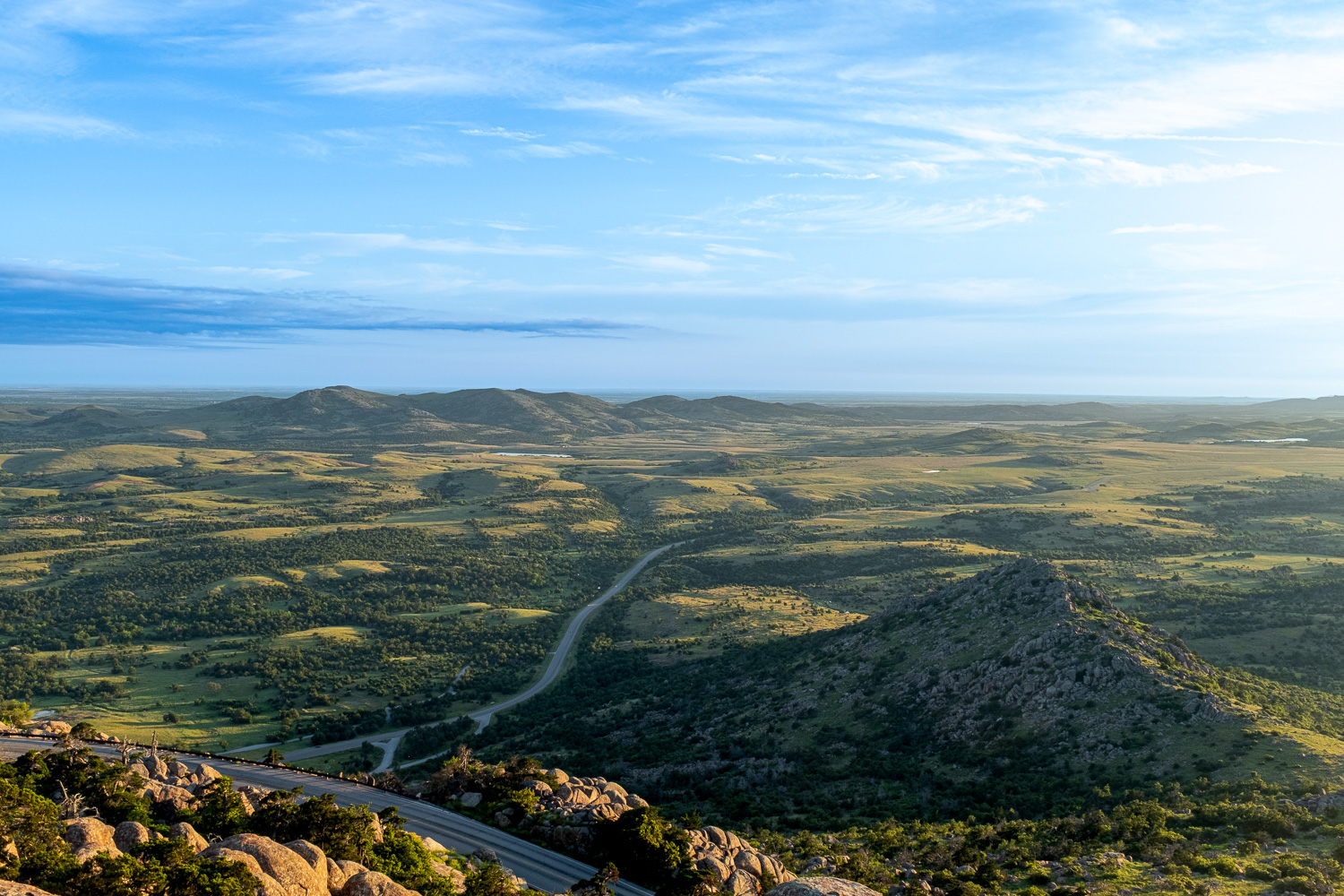
When taking pictures of people, animals, or everyday life, a tripod is not all that useful. However, for spring landscape photography, it’s practically a requirement. When working with a tripod, you have much greater flexibility and freedom because it lets you use nearly any aperture and shutter speed combination while keeping your ISO low. Additionally, smaller apertures almost always get sharper images, which often requires a slower shutter speed – which is almost impossible without a tripod.

I used a tripod to shoot this long-exposure image, which resulted in beautiful motion trails captured in the clouds.
The nice thing about this technique is that it doesn’t have to be expensive. Of course, you can spend lots of money on a nice travel tripod, but there are plenty of cheaper models – and even models for mobile phones – that work great, too. A simple tripod from your local department store will be enough to tackle most scenarios, and it’ll help you evaluate whether you might wish to eventually upgrade to something more sturdy.
9. Shoot in RAW
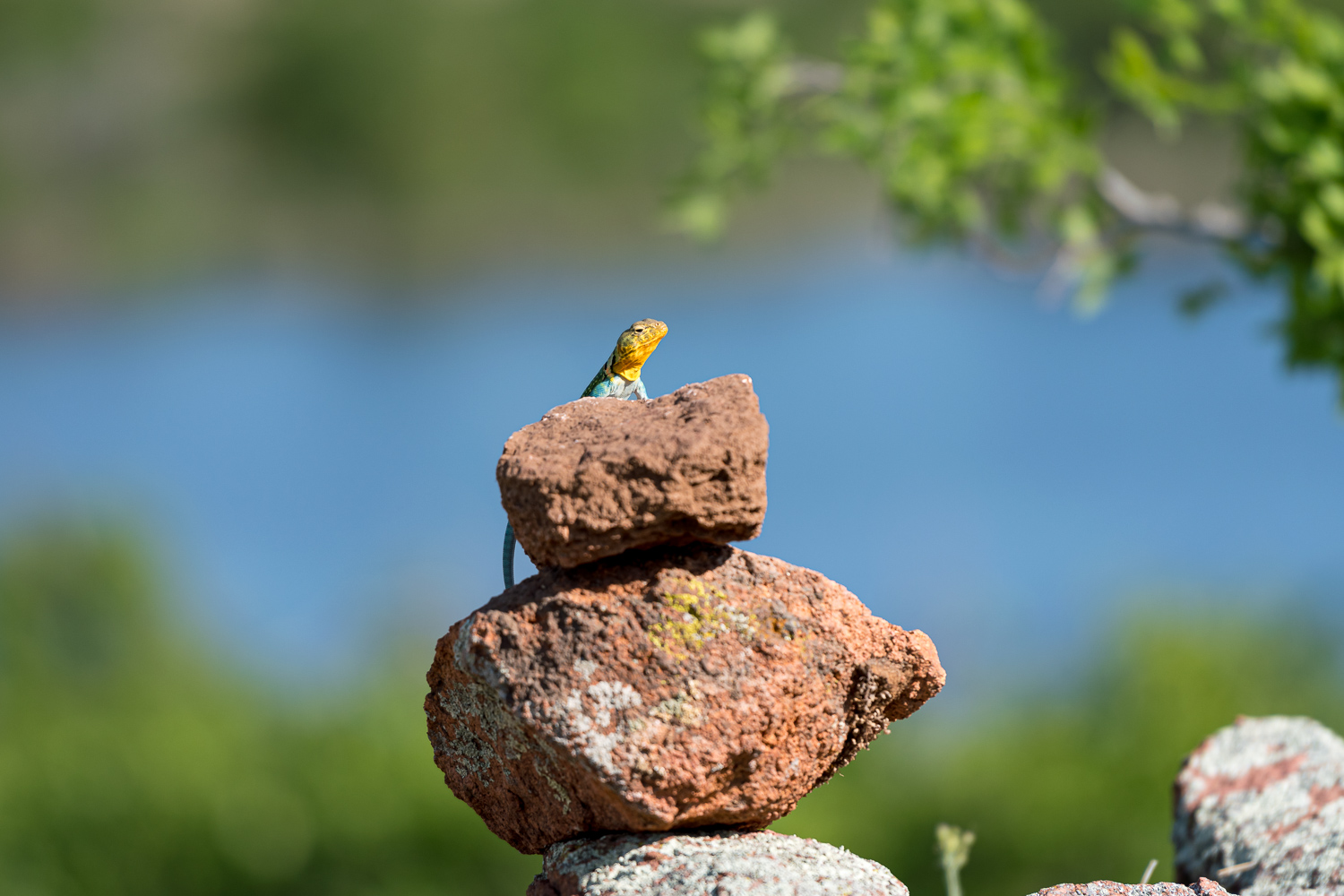
I shot in RAW, which let me edit the colors to make the end result really stand out.
If you’re an experienced shooter, you probably already know this one, but beginners might not realize the incredible benefits of shooting in RAW. The enormous amount of data stored in RAW files gives you the flexibility to brighten shadows, salvage color from brightly lit skies, and make images go from average to awesome. All DSLR and mirrorless cameras can shoot in RAW and so can some mobile phones, so if you’ve never tried it before, go ahead and give it a whirl. You might be amazed at what you have been missing out on!
Check out this first image, which is how the unprocessed RAW file looked:
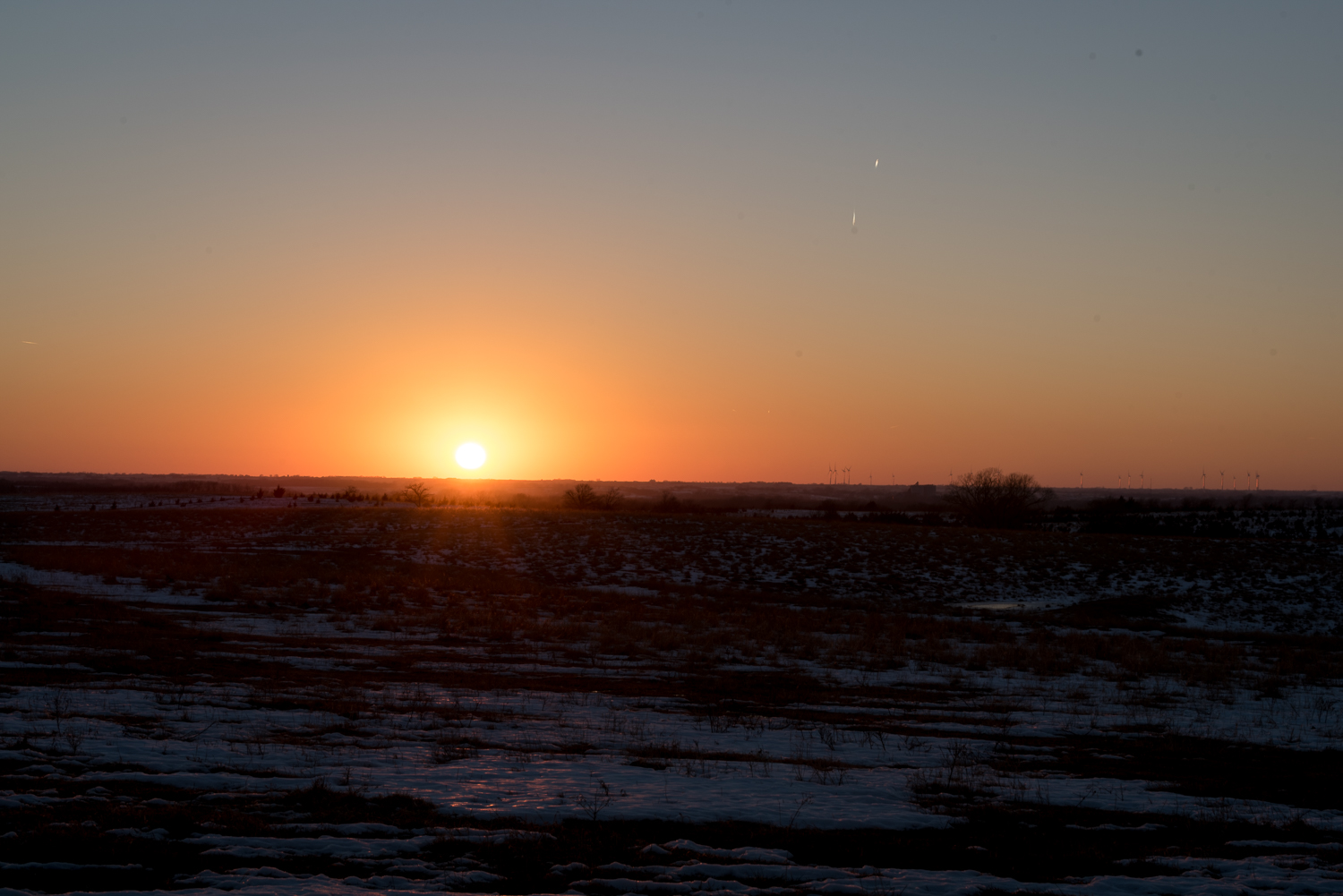
I took this shot right at the beginning of spring after one of the final snowfalls of the season. The lighting conditions were quite challenging, but because I photographed in RAW I was able to clean up the image and salvage a great deal of detail in Lightroom.
Then check out this next shot, which displays the file after some processing:

RAW is great, but be aware that you might need to bring extra memory cards or sign up for cloud storage if you constantly shoot in RAW. RAW files are much larger than JPEGs (though you can use programs like Rawsie to essentially get the best of both worlds). While I don’t recommend RAW for every occasion – when capturing casual snapshots of friends and family, it can be overkill – but I do strongly advise using the format for spring nature photography.
Spring landscape photography: final words

At the end of the day, the most important technique for capturing great spring landscape photography is to just get out and take some pictures! Try out these tips and refine them with lots of practice; soon, you’ll see your shots transform from mundane to magnificent. It won’t happen overnight, but the more you get out in nature with your camera, the better your results will be.
Now over to you:
What are some of your favorite tips and tricks for great pictures of spring landscapes? Share your ideas and suggestions in the comments below!
